Vehicle Transmission Stuck in Gear Limp Mode
A transmission stuck in gear, also known as limp mode, is a condition where the transmission cannot shift out of a particular gear, usually a low gear. It is typically caused by an issue with the transmission control module (TCM) or the transmission itself. The TCM is a computer that controls the transmission and receives input from various sensors to determine when to shift gears. When the TCM detects a problem with the transmission, it may enter into a fail-safe mode, also known as limp mode, to protect the transmission from further damage.
One of the most common causes of a transmission stuck in gear is a malfunctioning transmission control module (TCM). The TCM is responsible for controlling the transmission, and it may malfunction due to a software issue, a wiring problem, or a hardware failure. In this case, the TCM may not correctly communicate with the transmission or shift gears.
Another common cause of a transmission stuck in gear is a mechanical issue within the transmission itself. Worn or damaged gears, worn or damaged synchronizers, or a malfunctioning clutch can cause this. These issues can cause the transmission to become stuck in a particular gear, as the gears may not be able to engage properly or disengage.
Other possible causes of a transmission stuck in gear include low transmission fluid levels, a malfunctioning transmission cooler, or a restriction in the transmission fluid system. Low transmission fluid levels can cause the transmission to overheat and may cause the gears to bind or stick. In contrast, a malfunctioning transmission cooler can cause the transmission fluid to overheat and may cause the transmission to enter into limp mode. A restriction in the transmission fluid system can also cause the transmission to overheat and may cause the gears to bind or stick.
Symptoms
When the On-Board Diagnostic (OBD) system detects a critical problem, cars go into limp mode. The primary function of limp mode is to prevent further damage to the engine or transmission. Limp mode reduces engine output, limits the RPMs and speed, and prevents the transmission from shifting gears. Limp mode allows you to reach up to 40 mph speeds. Take a few minutes to read this article as you wait for a tow truck.
Common symptoms of limp mode include:
- Reduced power
- Speed is limited to 40 MPH.
- Engine revolutions are limited to 2000 or 3000 RPM.
- The transmission won’t change gears (Stuck in 2nd or 3rd)
- Very slow response when pressing the gas pedal
- Check engine light is on or flashing.
- Engine may overheat
If your vehicle goes into limp mode, don’t ignore the problem. Read the trouble codes with an All System OBD-II scanner immediately. You can read the codes with an OBD-II scanner or have your dealer or mechanic do this. The YOUCANIC Full System Scanner can read and clear fault codes through every vehicle’s control module.
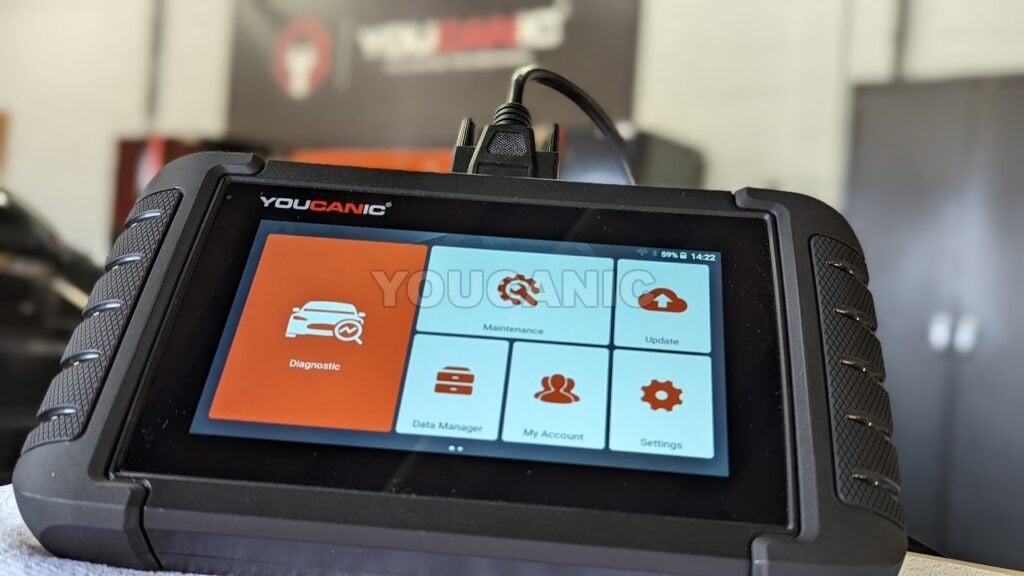
The Engine Control Unit (ECU, PCM, ECM) and Transmission Control Unit (TCU, TCM) can force vehicles to get stuck in limp mode.
- Engine Control Unit fault codes can be read with a generic OBD-II scanner.
- Transmission Control Unit fault codes can be read and cleared with a multi-system OBD-II scanner. Generic scanners and code readers can only read ECU codes, not transmission ones.
An affordable option is to stop at auto parts stores (Autozone, Advance Auto Parts, PepBoys) and have them read the codes free of charge.
How to get a car out of limp mode?
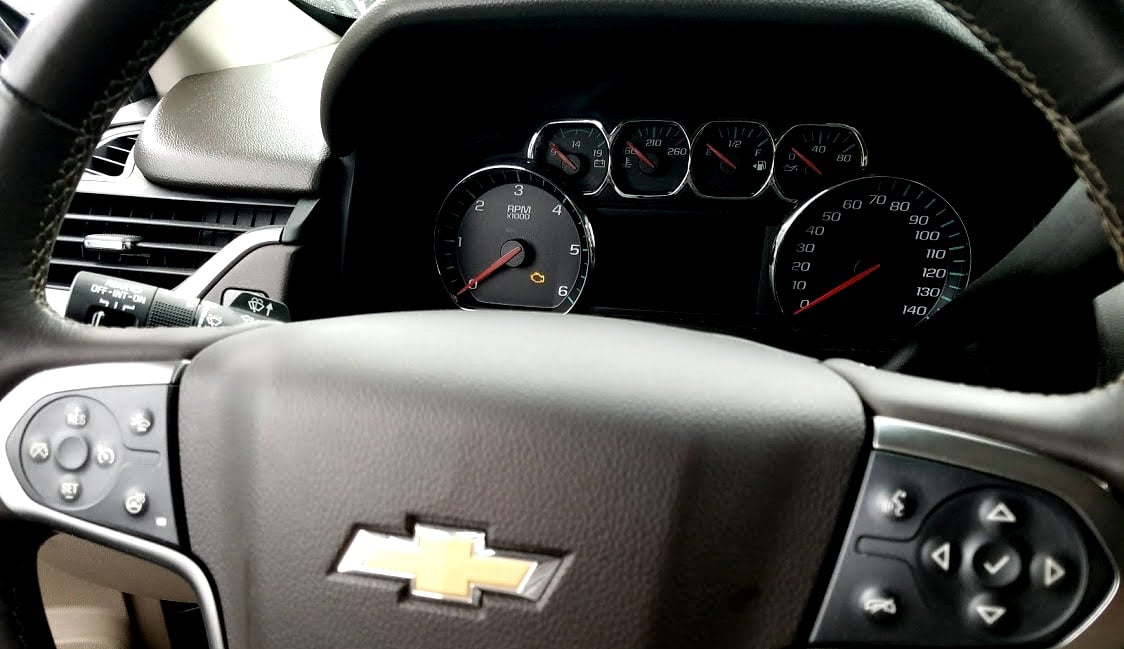
If your vehicle goes into limp mode while driving, find a safe place to stop and restart the engine. Allow the car to stay completely off for at least one minute before you restart it.
An engine restart will often reset the limp mode and allow the vehicle to operate normally.
How to get a car out of limp mode:
- Park your vehicle in a safe location.
- Move the shifter to the “PARK” position.
- Turn off the ignition or press STOP if the vehicle has a Start/Stop button.
- Wait at least 60 seconds.
- Next, turn on the engine.
- Start driving.
Restarting the engine will usually get the car out of the park. This procedure may not always work, especially if there is a transmission issue.
If the limp mode happens again, you should get your vehicle diagnosed with an OBD-II scanner as soon as possible.
If your engine overheats, allow it to cool down before you restart it.
What to Do if Car Won’t Get Out of Limp Mode
Check the Transmission Fluid Level
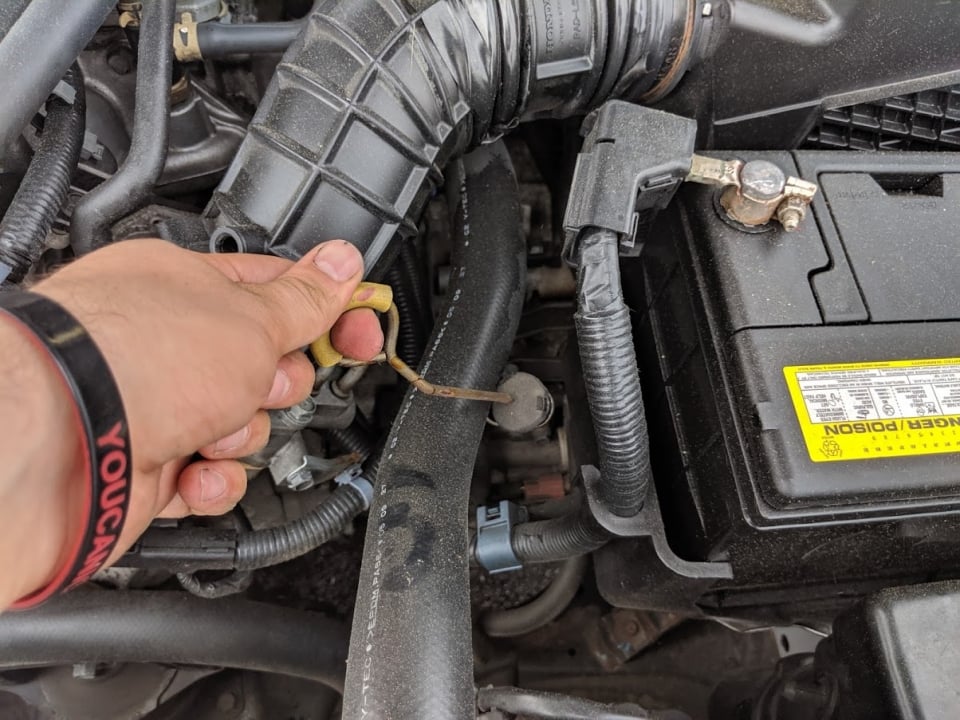
Low transmission fluid is one of the most common issues that cause limp mode.
Check the oil level to see if your vehicle has a dipstick for the transmission. The procedure for checking the transmission fluid level differs from the engine oil level. Follow your owner’s manual instructions to learn how to complete this step. Before checking the level, you may drive the vehicle to warm up the transmission fluid.
Troubleshooting Transmission Limp Mode
If restarting the engine or correcting the fluid level does not fix the problem, your next step would be to read and clear the codes with an OBD-II scanner.
A multi-system scanner such as the YOUCANIC Full System Scanner is preferred to read and clear codes from engine and transmission modules. Get the vehicle diagnosed by a professional mechanic, especially if the problem returns.
Common Problems
Many different issues and sensors can cause limp mode. For example, a dirty MAF sensor, which takes 15 minutes to replace, can cause it.
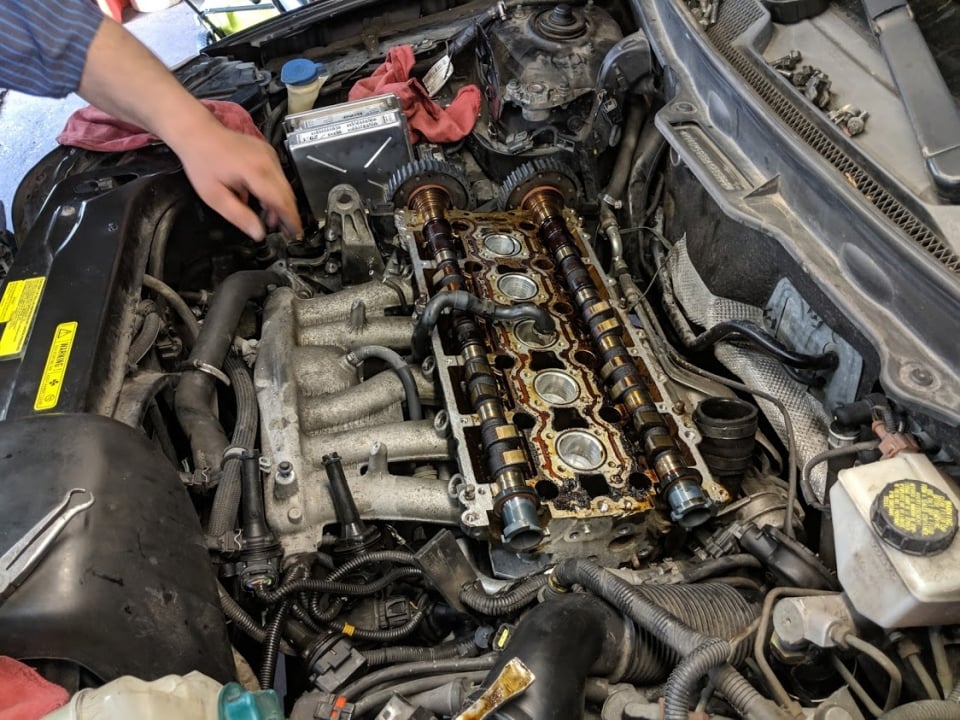
On the other hand, it could indicate a more serious problem, such as a blown head gasket or transmission failure. There is no need to panic, though. If your check engine light is on, use a multi-system OBD-II scanner such as the YOUCANIC Full System Scanner to read the fault codes from the Engine and Transmission modules.
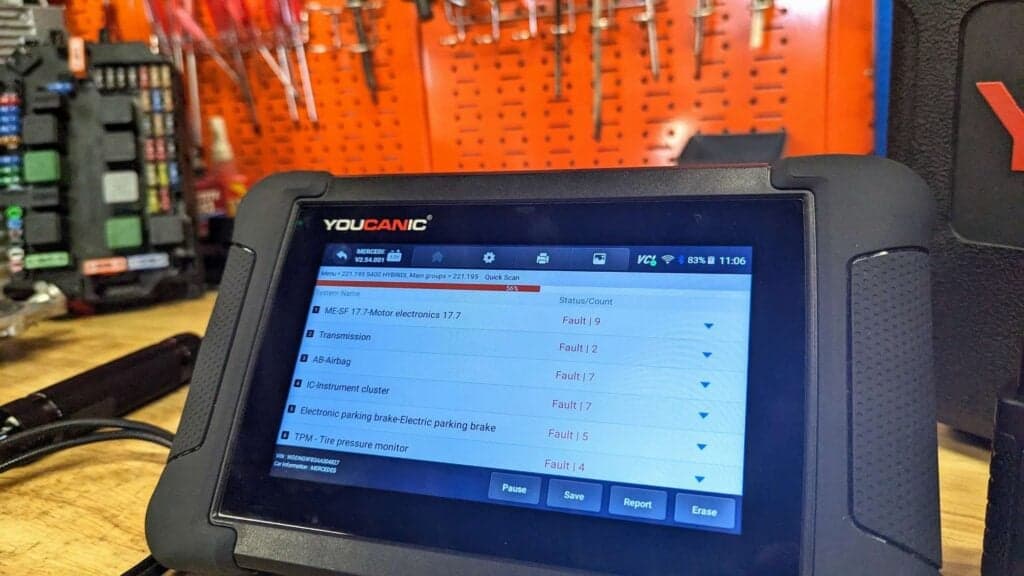
Please write down the codes on your scanners, such as P0300 or P0720, and do further research to understand their causes. Let’s look at the most common problems that cause limp mode.
1. Transmission Fluid Level Low
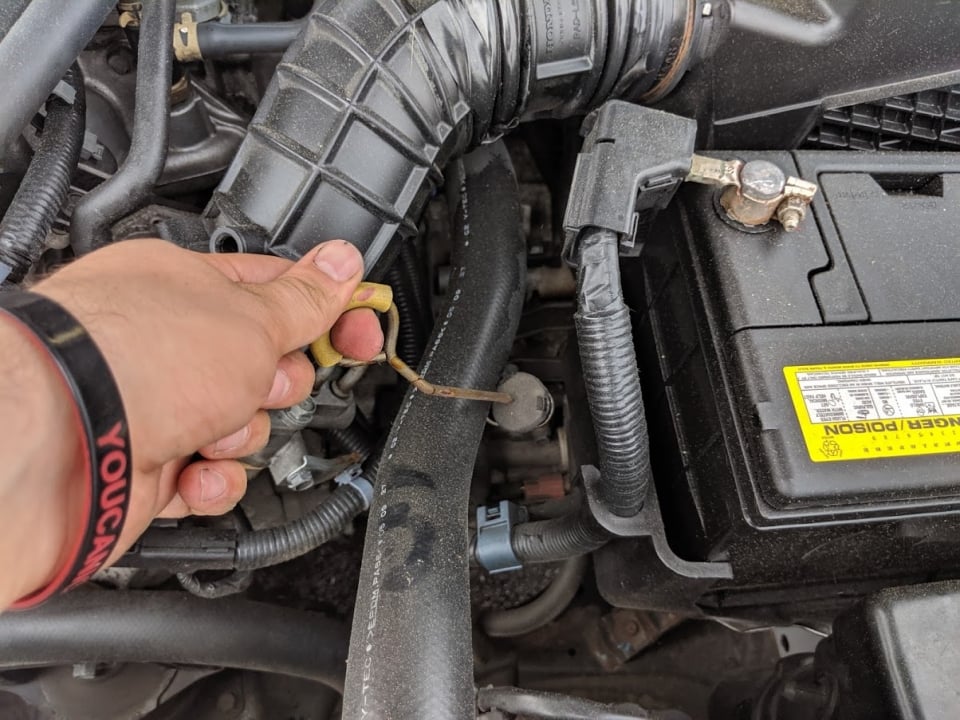
One of the most common problems that put a vehicle in limp mode is the low transmission fluid level. Check the transmission fluid level if your vehicle goes in limp mode intermittently but then drives fine after restarting the car.
When you drive and your transmission fluid level is low, the transmission oil pump may run dry, especially during hard accelerations or sharp turns. As soon as the transmission control module (TCU) detects low fluid, it will put the vehicle in limp mode to prevent further damage to the automatic transmission.
2. Bad Spark Plugs
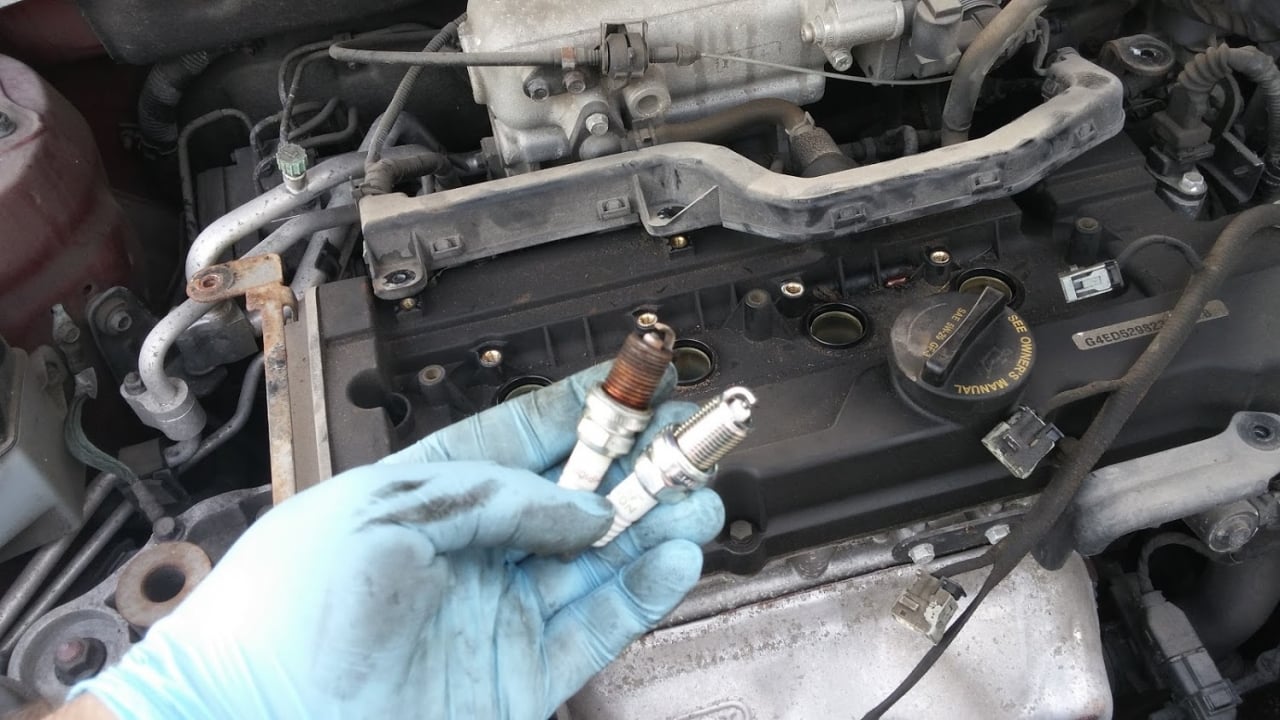
Worn spark plugs are another issue that often causes limp mode. In addition to the vehicle going into limp mode, your check engine light may stay on or flash. The engine will run rough and may shake in case of a misfire.
In some cases, a bad spark plug (or, in some cases, an ignition coil) causes a misfire, where one of the cylinders stops working. A bad MAF sensor or clogged catalytic converter can also cause an engine to misfire. Driving a vehicle where one or more of the cylinders are not firing damages the catalytic converter and can cause the engine to overheat.
3. Mass Air Flow Sensor
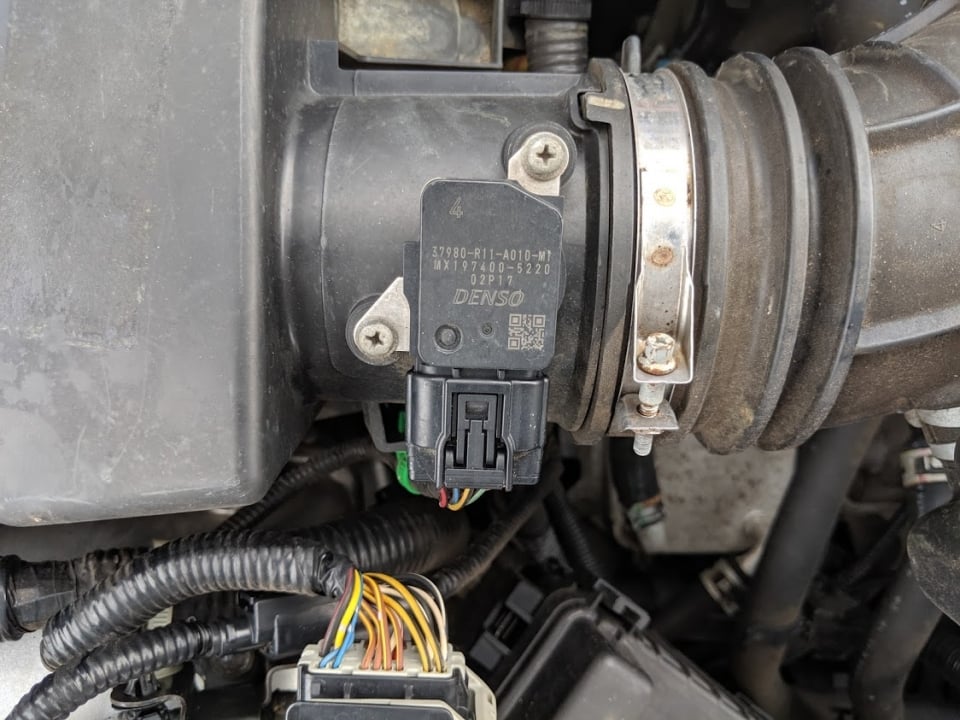
The mass airflow sensor, also known as the MAF sensor, detects the volume and temperature of the air entering the engine. These parameters are critical for the engine’s normal operation. Dirt build-up on the MAF sensors can prevent them from functioning correctly. When the engine is idling, a dirty mass airflow sensor may send a 1.0 voltage reading to the ECU instead of 5.0 volts.
To find out why your car is in limp mode, read the trouble codes with an OBD-II scanner.
Other possible problems that can put your car in limp mode include:
- Transmission valve body
- Overboots or underboost ( Turbo engines )
- Faulty engine sensors
- Damaged wire harness
- Ground connection
- Low battery voltage
- ABS or Brake system issues
- Wheel speed sensor
- Manifold absolute pressure (MAP) sensor
- Throttle position sensor (TPS)
- Engine overheating
- ECU needs calibration
- Car Accident
- Blown a fuse for critical vehicle systems
- If water gets on an engine sensor, for example, after a car wash.
Will Driving In Limp Mode Damage the Car?
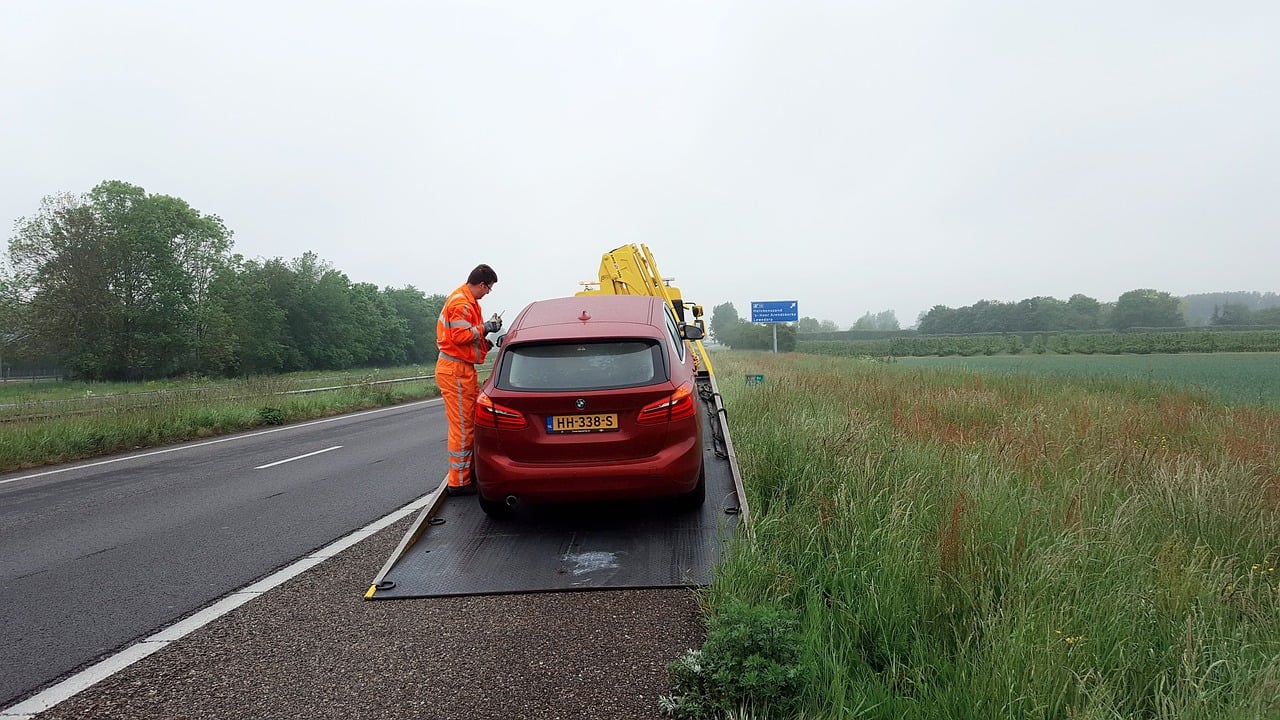
Driving limp mode can damage the car, as the transmission cannot properly shift gears. Limp mode is a safety feature that protects the transmission from further damage when a problem is detected. However, driving in limp mode can stress the transmission and other drivetrain components and cause further damage if the problem is not addressed promptly.
When the transmission is stuck in limp mode, it will likely stay in a low gear, which can cause the engine to rev higher than usual and increase wear and tear on the engine, transmission, and other drivetrain components. Additionally, driving in limp mode can cause the transmission to overheat, damaging the gears, bearings, and other internal components.
It is important to address the problem immediately once you notice the car is in limp mode and avoid extended driving in this condition. It is best to get the vehicle checked by a certified technician to diagnose and fix the problem, as driving in limp mode can lead to more severe and costly repairs.
Driving in limp mode for an extended time can cause damage to the vehicle. Most manufacturers recommend that you ONLY continue to drive a vehicle in limp mode to take it to the nearest mechanic or home.
Do not drive in limp mode if:
- engine is overheating
- oil light is on
- temperature light is on
- check engine light is flashing
- there is noise from the engine or transmission
Driving in limp mode can be dangerous. If you continue to drive, monitor the engine temperature to ensure the engine doesn’t overheat. Operating a vehicle for an extended time in limp mode is unsafe and can cause unnecessary damage to your car.
Your speed will be limited to 30 mph to 45mph. If your car is stuck in limp mode, consider taking other routes than driving on the highway.
Frequently Asked Questions
Why is my car in limp mode intermittently or when I accelerate?
The low transmission fluid level is a common problem that causes your car to go into limp mode when accelerating. Another issue with the turbo engine is over or under-boost.
My car is in limp mode, but no codes are present.
The engine control unit (ECU) or the Transmission Control Module (TCM) can set the limp mode. A generic OBD-II scanner can only read the codes from the engine control unit. Your vehicle may have a transmission issue, so you need a Transmission Scanner to diagnose it. Another problem is that your scanner may not read manufacturer-specific fault codes.
Will driving in limp mode damage my car engine?
It depends on the issue. If your vehicle is overheating, pull over and allow the engine to cool down. Other problems, such as a bad MAF sensor, will put the car in limp mode but are unlikely to cause damage in the short term.
Will P21DD cause limp mode?
P21DD means that the reductant tank heater (DEF Heater) is defective. Your vehicle will go into limp mode. If you try resetting the codes, they will return when you start the car the next morning.
Will DPF regeneration happen in limp mode?
No. DPF regeneration will not happen in limp mode unless manually forced by a professional diagnostic scanner.
Will disconnecting the battery reset limp mode?
Sometimes, if the ECU sets the limp mode, disconnecting the battery may reset it. The limp mode will most likely return as soon as you start to drive or once the engine warms up. If the transmission module sets the limp mode, disconnecting the battery won’t reset it.
Will EGR delete cause limp mode?
Deleting the EGR valve can result in excessive carbon buildup at the turbocharger over time. Eventually, the VNT mechanism can get clogged, which will cause limp mode.
Will a bad oxygen sensor cause limp mode?
Oxygen sensors do NOT usually cause limp mode.
Will low oil cause limp mode?
Engine oil does not trigger limp mode, at least in most cars. If your oil light is on, stop and turn off the engine even if the vehicle does not go into limp mode. Check the engine oil level. Only drive if the oil light goes off. On the other hand, low transmission fluid will trigger limp mode.
Can you bypass limp mode?
You can’t bypass limp mode, but you can restart the car, which will often get the car out of limp mode.
Additional References
We hope you find the Vehicle Stuck in Limp Mode | Problems | How to reset guide helpful. Check these troubleshooting and repair guides for more help on your vehicle.






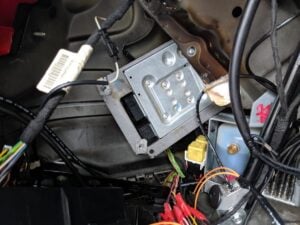


Hello. I am dealing with a 2009 Subaru Outback. Motor looks honest, 164kms.
Bought it in limp mode. Checked everything wrt the motor, and never even looked at the transmision.
Came upon your site while looking for answers for my sons’ ’04 BMW.
You have provided us both with a new place to start. Hoping it solves both of our problems. Thank you.
my 2008 Buick enclave won’t start and the shifter won’t go into park
There are other transmission fluid that will work on that transmission that are not made by Honda. As long as he used an oil designed for that transmission that its ok. If he did not, it would be a good idea to flush it and use an approved transmission fluid for the van.
Hi, my friends boyfriend changed the transmission fluid on her 2007 Honda Odyssey; here’s my question…”if he didn’t use Honda specific transmission fluid; how bad will it damage the transmission and will it have to be replaced?” And I only ask because I use to own an 2008 Acura TL and I remember it is very important that this be followed to avoid major engine damage.
Sincerely and thank you;
J. Auld
Pleased mechanic
You need to read the codes from the transmission control module to see why it is going in limp mode. You need a good scanner to read those transmission codes. The YOUCANIC full system scanner is able to pull the codes from the transmission control module.
My 2007 Saab is constantly going in limp mode
We have sent the ecu in to reprogram it, when we put it on the car it runs great for about a week and its back to limp mode. After running it for about 7 minutes up the road it goes into limp mode we shut it off but it won’t start not until we remove the battery cables and get them touching one another for about ten twenty minutes then put cables back on it’s great again but if we don’t do that and only shut off the engine it stays in limp mode not running right or wanting to even start up so what’s my cars malfunction? Somebody please please help me i do love my saab